- Category
- Latest news
The Paradox of Russia: Over 100 Stalin Monuments Rise While Kremlin Condemns Stalin’s Crimes
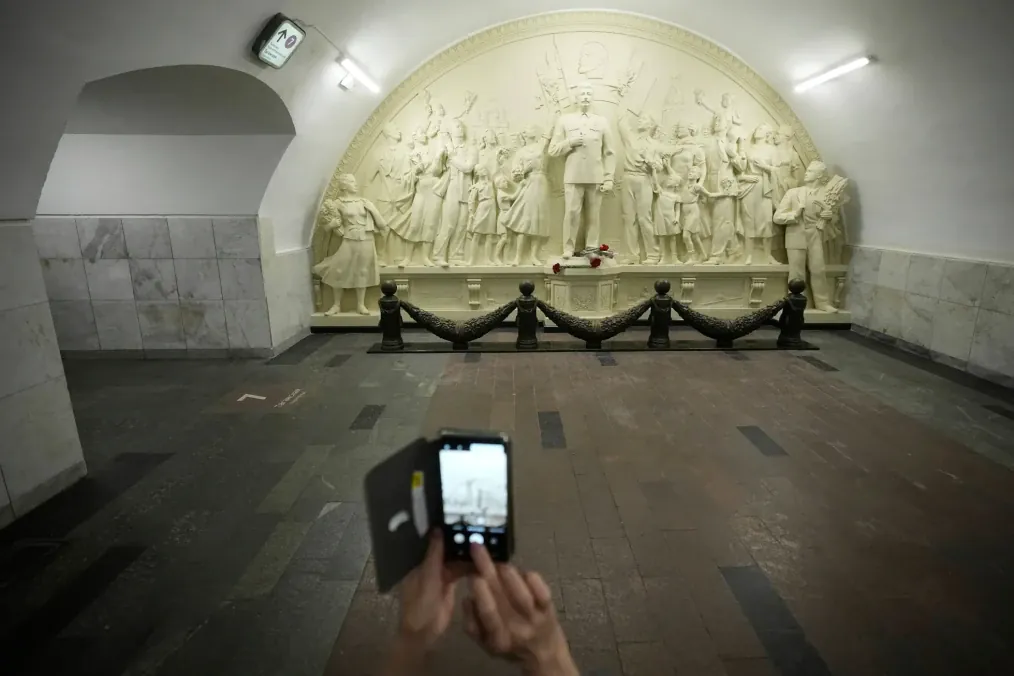
The New York Times (NYT) reports that after nearly six decades, a statue of Joseph Stalin has been reinstalled in Moscow’s subway system, a move that reflects the Kremlin’s evolving approach to Soviet history amid current political tensions.
The new relief was unveiled this month at the Taganskaya station on the city’s Circle Line. It is a near replica of a sculpture removed in 1966 during the Soviet campaign to distance itself from Stalin’s oppressive legacy.
The sculpture shows Stalin surrounded by workers and children offering flowers—an image intended by Moscow Metro officials as a “gift to passengers” for the 90th anniversary of the city’s subway system, according to NYT.
The New York Times highlights that this statue is part of a broader trend under Vladimir Putin’s government, which has increasingly revived aspects of Stalin’s legacy as a symbol of strength and national unity. The Kremlin is using this narrative to emphasize historical continuity and Russia’s image as a victorious power.
Some Russians greeted the statue warmly. Liliya A. Medvedeva, a pensioner born in 1950, told NYT, “We won the war thanks to him.” She expressed gratitude that Stalin had spared her father from being sent to the Gulag, despite his status as a prisoner of war during World War II. “Yes, there were many mistakes, but everybody makes mistakes,” she said, reflecting a common view among older generations that downplays Stalin’s brutal policies.
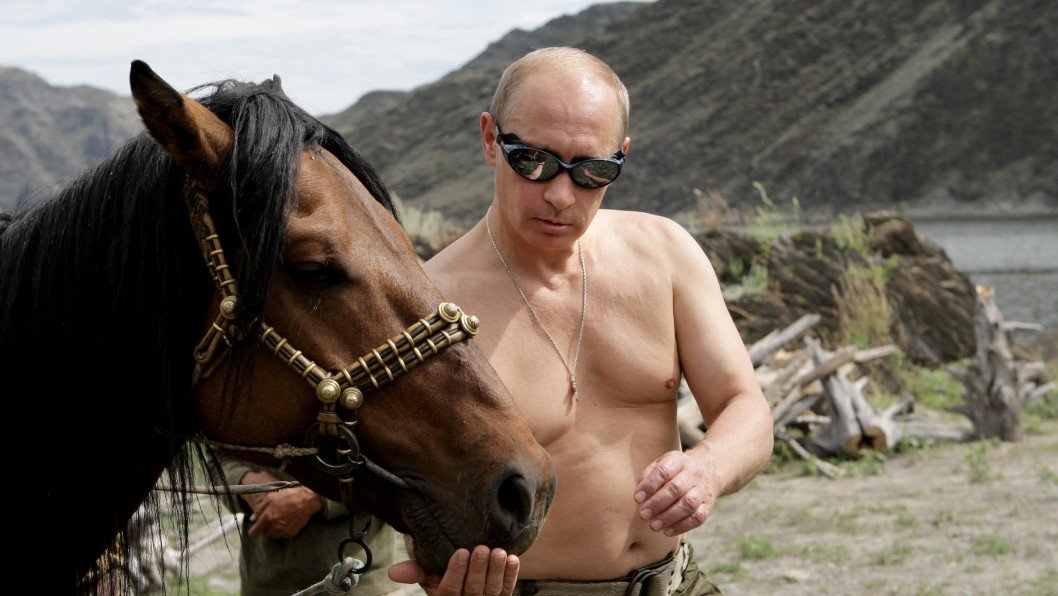
However, The New York Times also reports that many, especially younger Russians, view Stalin’s return with concern.
Vladimir, a 25-year-old history student described Stalin as “a bloody tyrant” but admitted it was difficult to voice his opinion openly. He noted that the statue attracted significant attention, saying, “No other monument would draw as much attention.”
NYT recalls that Stalin was responsible for some of the Soviet Union’s darkest chapters—the Great Terror of the late 1930s, in which over 700,000 people were executed; the forced deportation of entire ethnic groups like the Crimean Tatars; and policies that contributed to mass famine, especially in Ukraine. Despite this, nostalgia for the Soviet era persists, fueled by memories of stability and victory in World War II.
Since Vladimir Putin assumed power over 25 years ago, at least 108 Stalin monuments have been erected across Russia, according to historian Ivan Zheyanov, who has tracked the phenomenon. This trend has intensified following the war in Ukraine, including one monument installed this year in the occupied city of Melitopol.
NYT highlights the contradictions in Russia’s official stance on Stalin’s legacy. While the Kremlin has publicly acknowledged the crimes committed during Stalin’s era—evidenced by initiatives such as the founding of the Gulag History Museum in 2001 and the 2017 unveiling of the “Wall of Sorrow” memorial to victims of Stalinist repression—it has simultaneously cracked down on civil society groups dedicated to preserving the memory of these abuses.
Russian leader Vladimir Putin has, on several occasions, openly recognized the tragic impact of Stalinism. At the 2017 opening of the “Wall of Sorrow” memorial in Moscow, he stated:
“It is very important that we all and future generations—this is of great significance—know about, and remember this tragic period in our history when entire social groups and entire peoples were cruelly persecuted. This terrifying past cannot be deleted from national memory or, all the more so, be justified by any references to the so-called best interests of the people.”
Putin has also visited memorial sites and met with historians and human rights advocates to discuss the legacy of Stalin’s rule. Despite this, The New York Times notes that organizations working to document Stalin-era abuses have faced increasing repression. The human rights group Memorial, known for its extensive research and archiving of Stalinist crimes, was designated a “foreign agent” in 2014 and was forcibly dissolved by Russia’s Supreme Court in 2021.
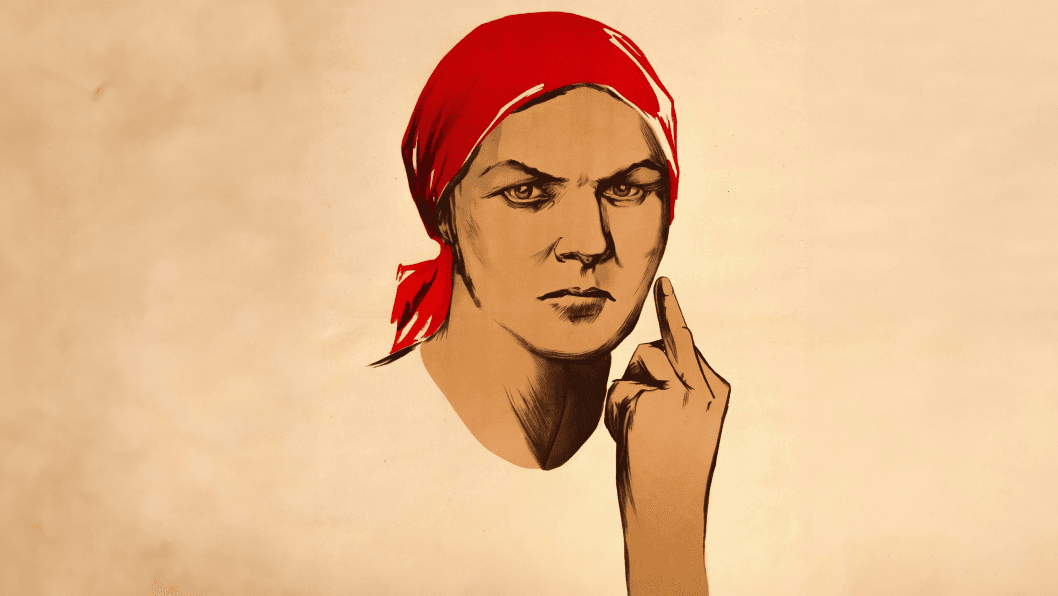
NYT reports a rare act of protest at the Taganskaya station, where activists placed a framed poster quoting Putin’s own condemnations of Stalin near the statue. The display was quickly removed by security, and at least one protester was detained.
Some locals cautioned against extreme views. Yelena D. Roshchina, 79, recalled how Stalin was once widely respected but urged a balanced understanding: “We always have it either black or white.”
Ultimately, The New York Times frames the return of Stalin’s image in Moscow’s subway as a symbol of ongoing tension in Russia over how to remember its Soviet past—caught between honoring perceived strength and confronting a painful history of repression.
Previously, it was reported that the Russian Ministry of Culture has signed a contract worth 19.6 million rubles (around $250 thousand) to restore Lenin’s Mausoleum, located on Red Square in the center of Moscow. The work includes dedicating space for weapons storage.
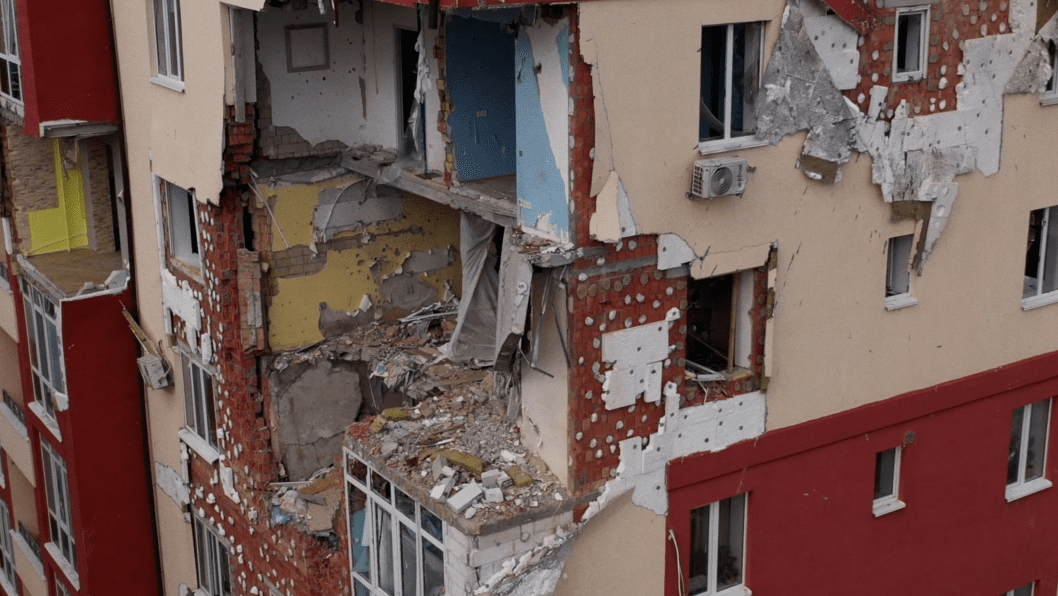


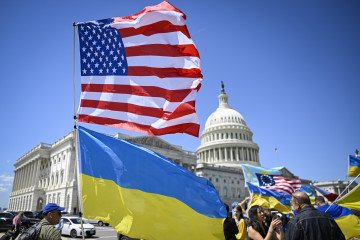
-111f0e5095e02c02446ffed57bfb0ab1.jpeg)
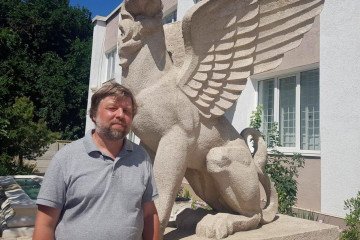
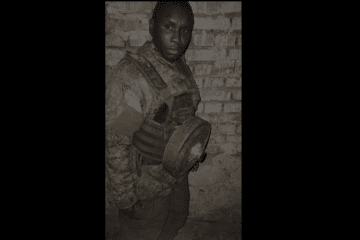
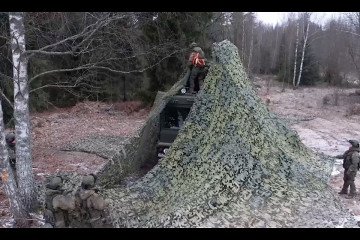
-72b63a4e0c8c475ad81fe3eed3f63729.jpeg)